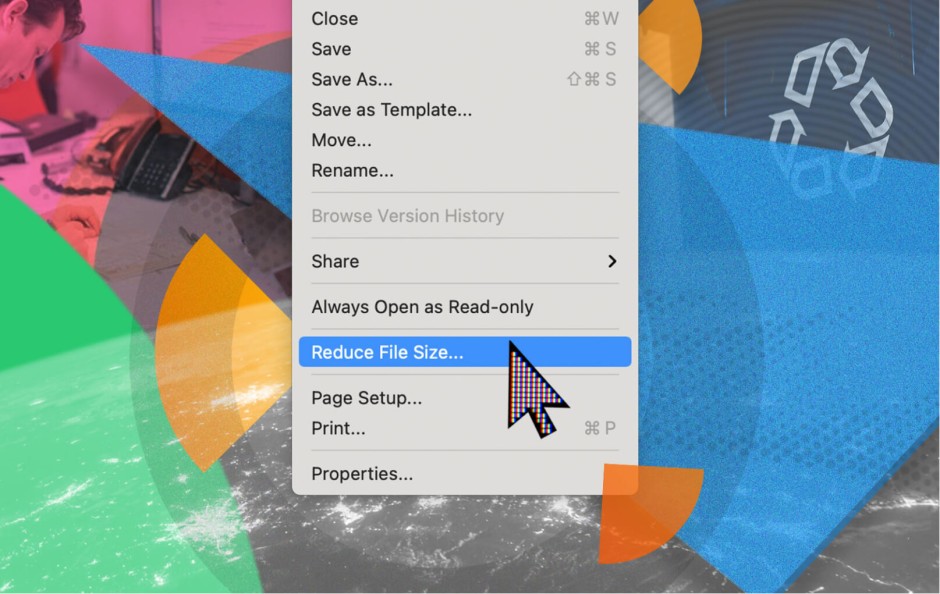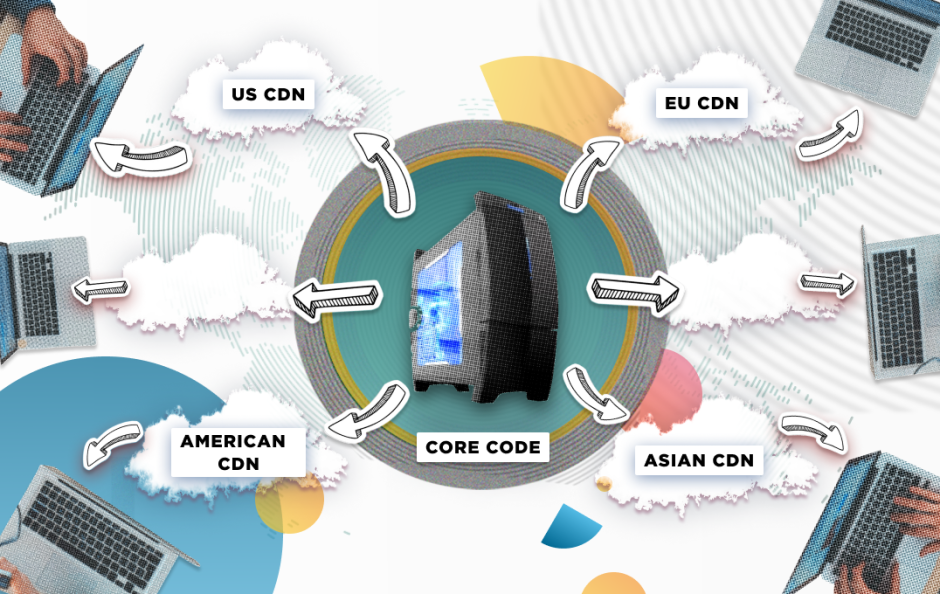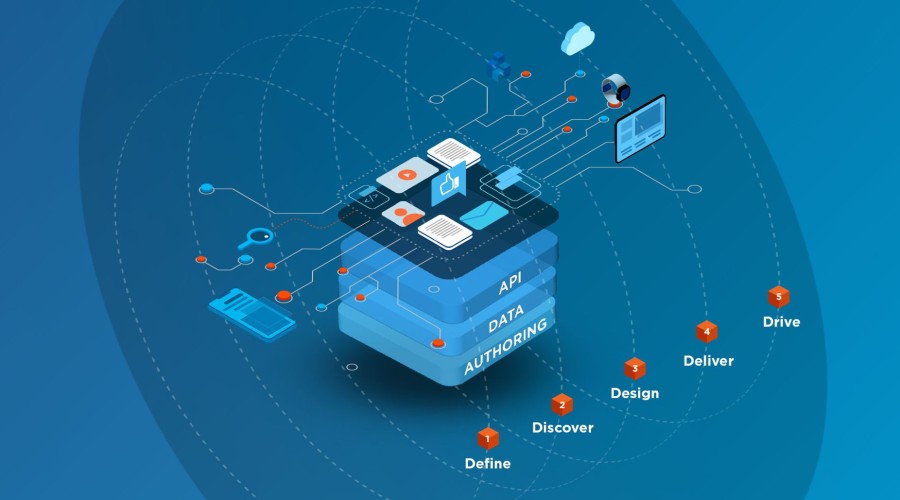The war on carbon emissions is rightly in full swing. Where carbon reporting and carbon emission reductions were previously considered nice-to-have for a business, legislation is increasingly making it mandatory.
Broadly speaking, digital has one of the fastest-growing carbon footprints in the world, highlighting why companies are under more scrutiny than ever for the impact their websites have on the environment. Never before has it been this important that website designers do their part to curb their website carbon emissions.
In part, this is why we, at Cyber-Duck, have signed up to measure and reduce our environmental impacts and have earned our ISO 14001 Environmental Management accreditation. We’re also working to embed sustainability into our end-to-end website design process.
Looking more deeply into the technical side, there are many ways in which websites contribute to greenhouse gas emissions, such as unnecessary code, large image files, inefficient hosting, poor caching and UX design problems that mean utility for users isn’t delivered quickly. Companies therefore need a multi-pronged approach to make their websites as eco-friendly as possible.
Here are the key technical and development changes you can make right now for a positive environmental impact.
- Move to the cloud
If you haven’t done so already, consider hosting your website on the cloud. Your hardware does not only require energy to run, but also to manufacture, maintain, and replace. In fact, 19% of Internet electricity use comes from hardware consumption. Moving your website to the cloud optimises the use of hardware, which should also prove cost effective in the long run.
Hosting your website on the cloud also allows you to host your site on a green server and be more eco-friendly. Google Cloud, Microsoft Azure and AWS are already making positive green commitments and aim to run solely on renewable energy within a few years. If you are not sure whether your site currently runs on green energy, you can get in touch with the Green Web Foundation. - Optimise your source code and assets
The faster your website runs, the less load it puts on the end user, and, by extension, makes it that much more energy efficient.
One of the first steps in making your website run faster is to optimise your source code, such as by getting rid of any bulky or unnecessary JavaScript, taking advantage of compression techniques, and/or by choosing more efficient programming languages. Compression is especially important when it comes to animations, images, and videos, all of which add significantly to a page’s “weight”. Rather than PNG or JPEG files, developers can use more optimal formats like WebP images, which can be up to 30% more efficient, without losing image quality.
- Use caching where possible
The next step to increasing your website speed is caching. Cached pages are pre-loaded before users make a request and reduce the number of requests reaching your servers. When the page is then requested, users see a static version of that page, instead of the more energy-intensive, dynamically-created page on the server-side.
Caching only works on pages that do not change a lot, so it’s important to choose carefully which pages to cache. - Use CDNs for international content
The further the data transfer distance between your website and the user, the higher the energy consumption. So, if your website hosting service doesn’t use a Content Distribution Network (CDN), it may be time to switch or upgrade to one.
CDNs are servers located all over the world, and which download and cache data from your website. When a user from country X clicks your website link, whether from typing it in directly or via a search engine, the nearest CDN serves the information, thereby reducing the long transit of data across the world, and thus reducing your overall CO2 emissions. When choosing a website host, be sure to pick one that uses carbon-neutral CDNs.
- Rethink your third-party plug-ins
When user journeys first became buzzwords, marketers were overwhelmed by the possibilities, mainly because almost everything could be tracked. However, each tracking tool has the potential to slow down your website, and you may find that you don’t even use some of them.
To run your website as smoothly as possible and reduce the number of requests to load external, 3rd-party plugins, it might be a good idea to rethink your tracking tools and any other plug-ins on your website. You can get rid of the ones you don’t use anymore, and perhaps find more efficient replacements for the ones that you do use. - Never forget your ethics
Going green can quickly become a box-ticking exercise if you lose sight of why you’re doing it in the first place. For most of us, this means using what we have at our disposal to create a better world. The website is how you interact with your users, and your ethics should be part of their experience.
While we all want to drive traffic to our website, this should not come at a cost to the company’s reputation, the user experience, or the environment. You can focus on reducing emissions by ensuring you don’t send users somewhere they don’t want to be. Make sure every link and button takes the user to the right place, and answers the question you promise to answer. This, in turn, will also help to reduce your website’s bounce rate by serving them the correct content as quickly as possible.
For those looking to make a start, we’ve already produced an article on sustainable web design, demonstrating how good UX design can reduce our carbon footprint as consumers and businesses.
There are many other measures you can take to make your website carbon emissions neutral, or even carbon positive, which may include a completely new web design and development. However, by implementing the measures above, you can start your journey towards a more sustainable web presence.
And if you want to discuss any of your technological and sustainability challenges, don’t hesitate to get in touch with our team today. We’re always here to help.




